I love a wildlife quest. In the past I have slept in a camper van in a layby in order to hear a mountaintop dawn chorus. I’ve sat in traffic for hours to be finally rewarded by the purr of a turtle dove in its last bastion in Hampshire. I’ve waited for hours in drizzle by a Tyneside weir until a migrating salmon finally leaped its way upstream.
And those are the successful ones. I once abandoned a twitch for a rare sandpiper at Slimbridge because the mud was too deep. I’ve walked miles in spring woodlands failing to hear a lesser spotted woodpecker. And I once spent a week on Skye eaglewatching – with no eagles to show for it.
The failing is part of it.
My most recent adventure should have proved easier – my quarry couldn’t run away, being a tiny orchid.
The fen orchid is found only in a small area of dune slack at Kenfig National Nature Reserve (NNR) in South Wales. I arrived on a bright day in early June – the ideal time of year to find the flower.
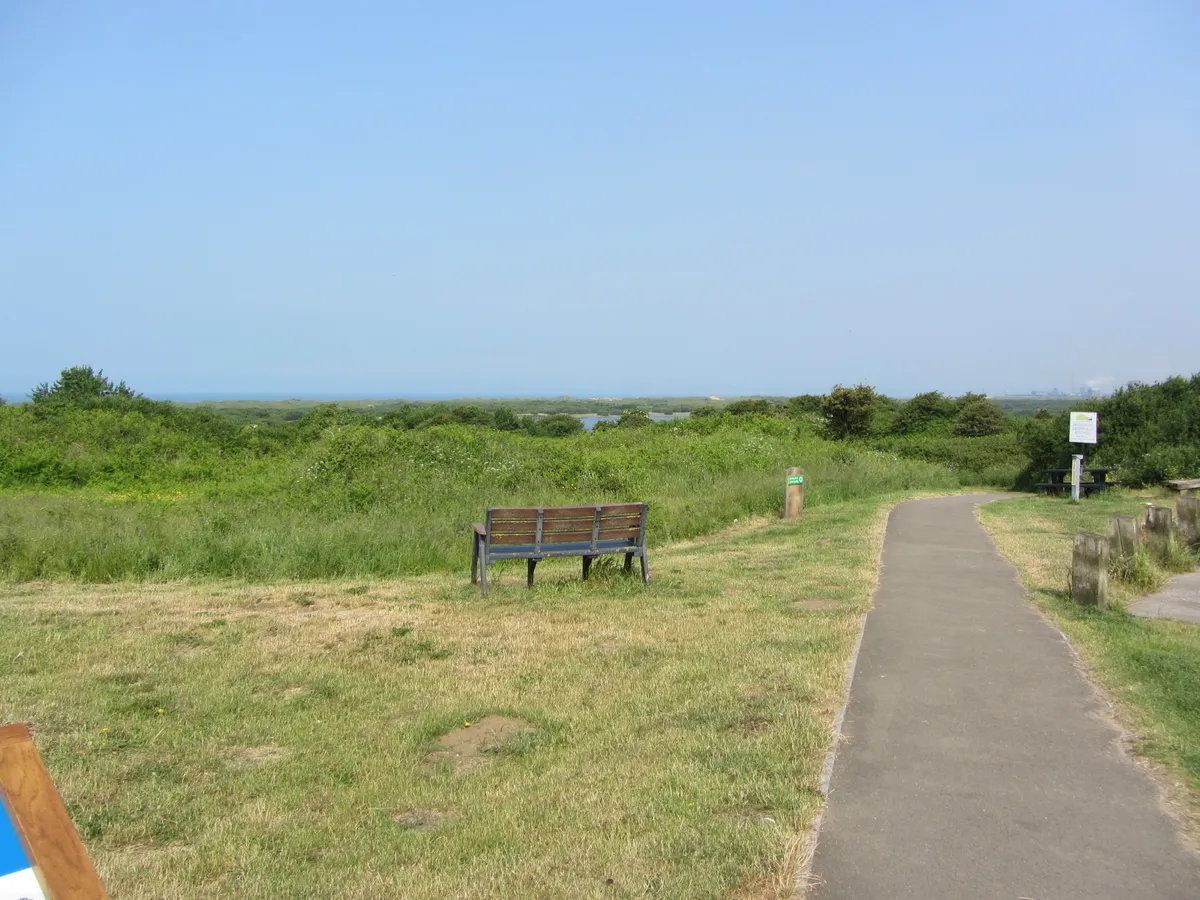
But the reserve looked huge – a vast area of sandy scrub, woodland, lake and dunes. I was going to have to cheat and call on the services of a guide.
David Carrington is head warden at Kenfig. In fact, he’s the only warden of this vast and precious area. He once had four employees “and even then we were stretched” he says, but heavy cutbacks to local government funding have left him relying on groups of volunteers to carry out some of the vital conservation work – from mending fences and keeping scrub in check to surveying the wildlife and looking after the 100,000s of visitors who come every year.
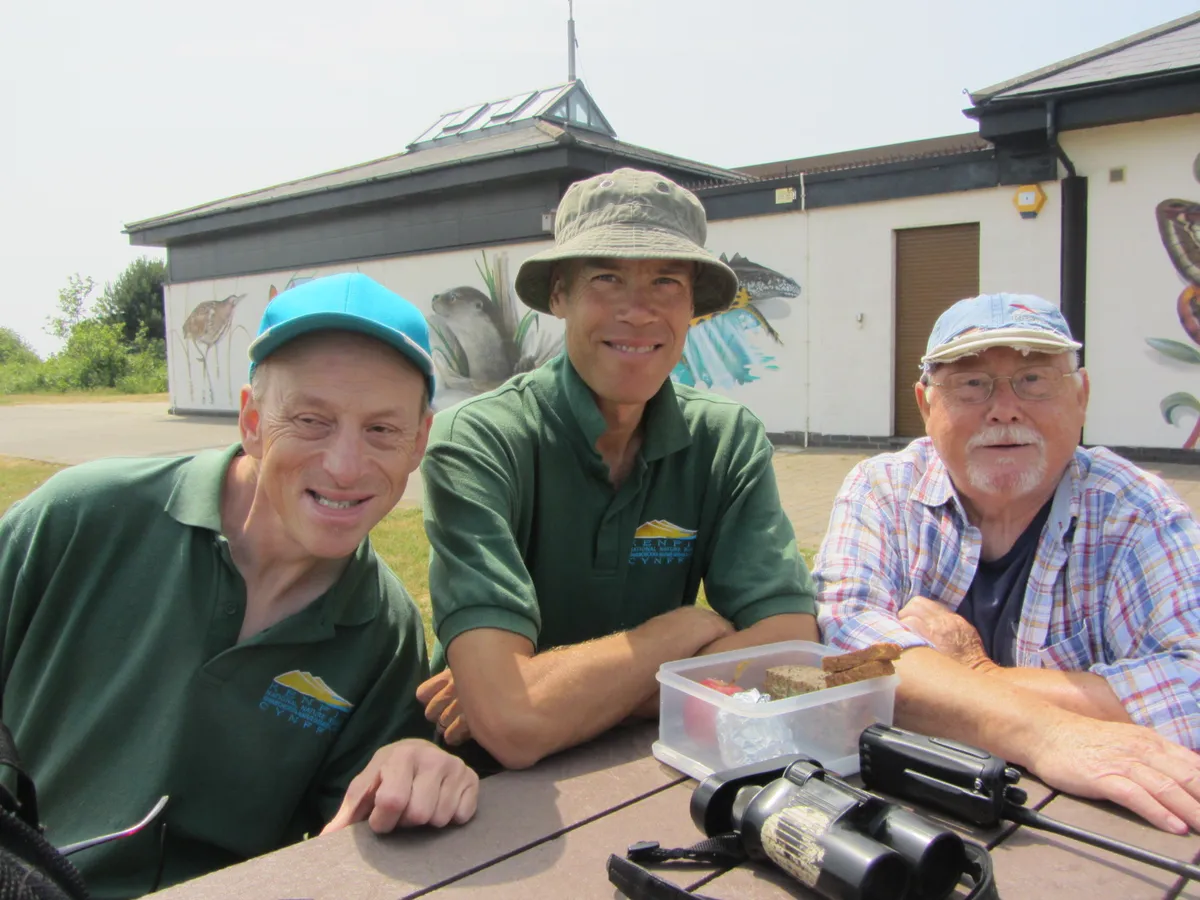
“I absolutely love Kenfig,” he says but simple words on the page can’t convey the fondness in his voice. “The range of habitats, the wildlife, the mood and feel of the place.” He’s been here since September 1996 and knows every inch. “We’ve 100 per cent chance of seeing a fen orchid today,” he says.
I ask whether he’s seen any this year. “Not yet.”
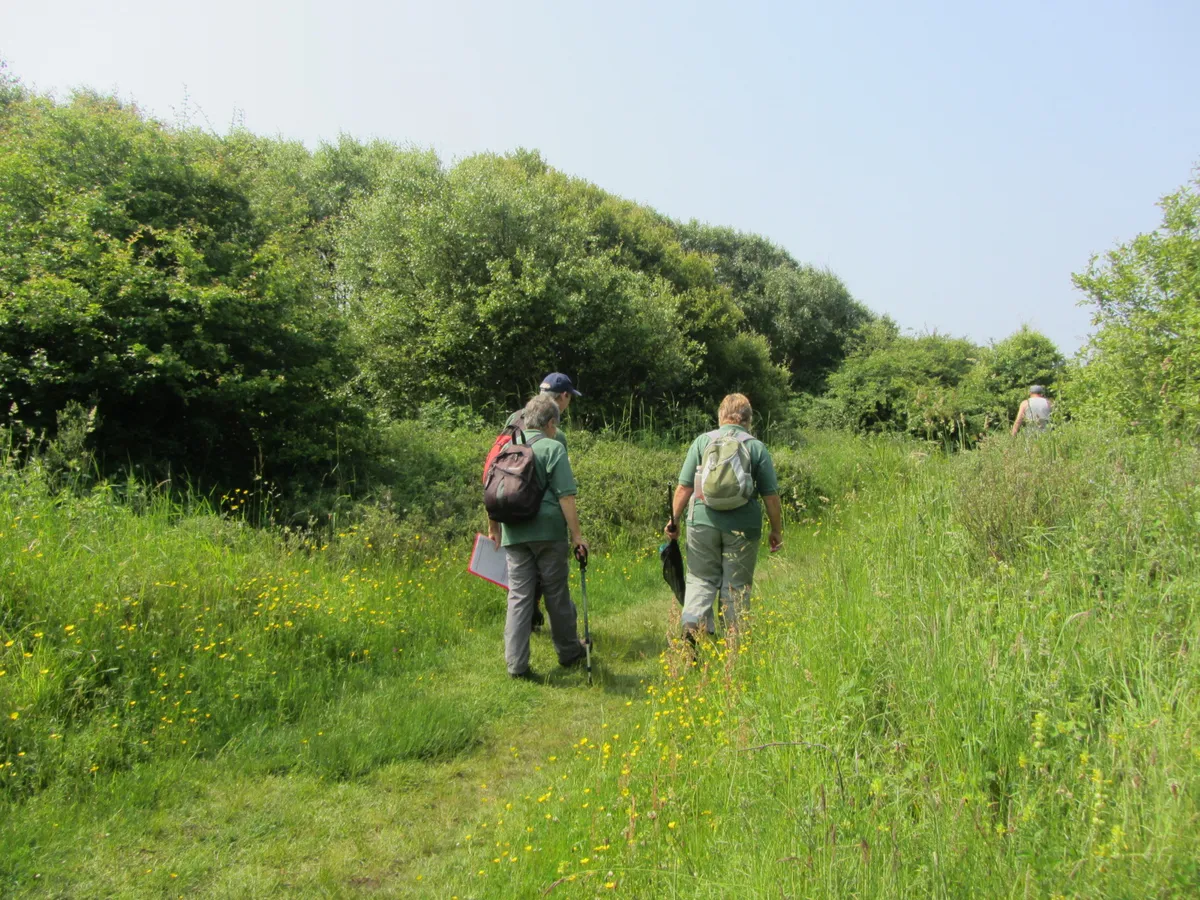
We set off down a well worn path through scrub and almost immediately we clock our first orchids of the day – southern marsh orchids. They burst up among the grass and buttercups like garish lollypops. David is please “This was just bramble and gorse until I mowed it a couple of years ago. Now look at this: orchids.”

We find a few straggling early purples – their flowering season almost over. And then David finds a less blowsy flower – the twayblade. It’s another orchid but very subtle – its green flowers more like leaves. Suddenly there are twayblades everywhere and I feel I’ve probably overlooked this species for approximately 44 years.

Linnets, skylarks and yellowhammers provide a lovely soundtrack as we roam deeper into the reserve. We find a hybrid between a southern marsh and an early purple looking like an extraordinary escapee houseplant.
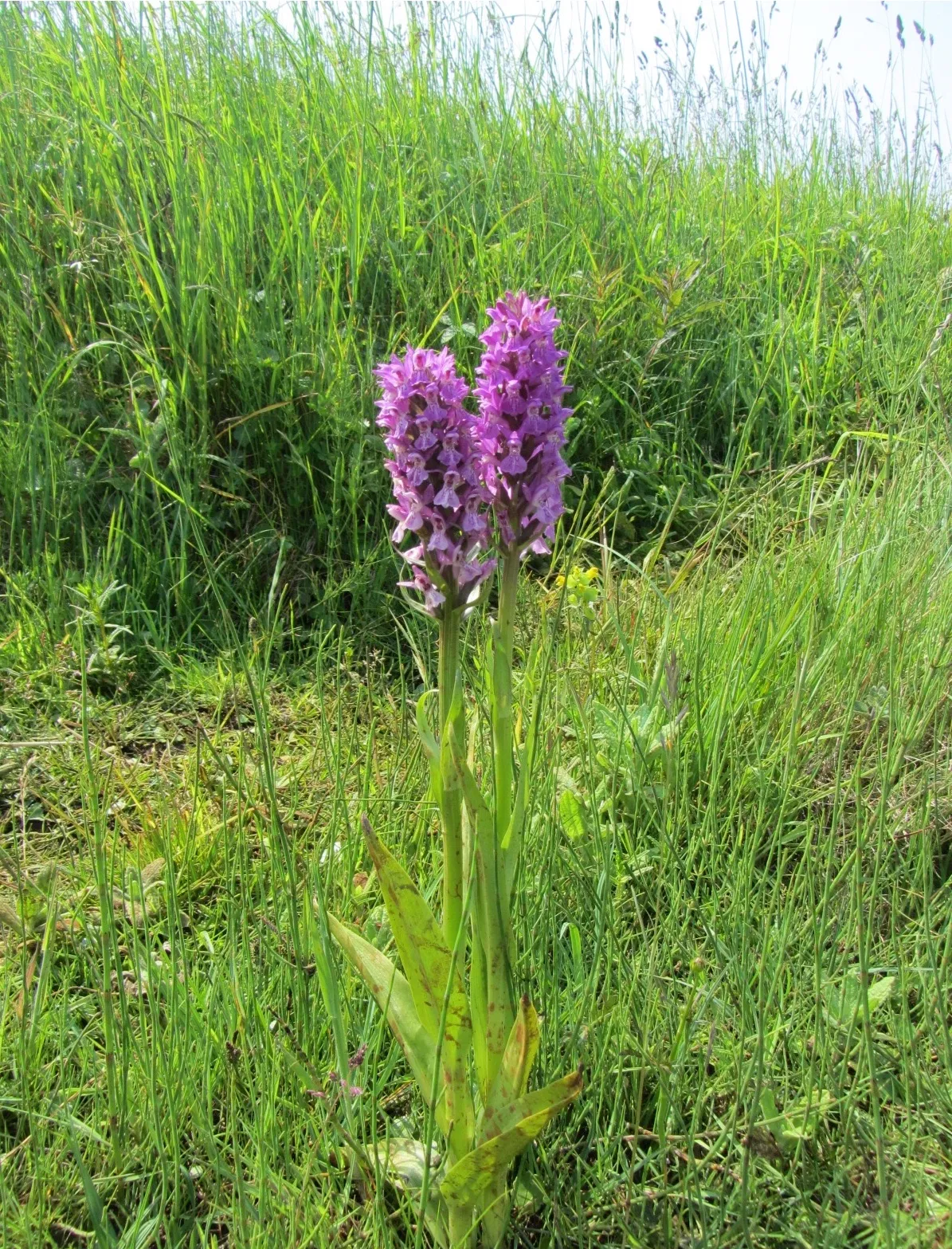
And then a tall purple spike of exotic flowers that isn’t an orchid. Viper’s bugloss, says David. “Perfect for butterflies.”

I have no idea what a fen orchid looks like but David presses on. We wander into a wet woodland beside a lake, which David assures me is fabulous for pike fishing. This is Kenfig Pool – fed only by rainwater rather than rivers so it’s extremely clean. The pike feed on the vast shoals of rudd that live here – plus a few tench. A few yards on we encounter the ecosystem of the Pool in a woodland puddle. I notice of few zig-zagging movements in the puddle, and think it must be water boatmen or tadpoles. But as we look more closely, we can see fish – a tiny pike as long as my finger terrorizing the other fish in the puddle.
“After the recent rain, the lake must have overflowed and these fish got caught in the puddle,” says David. “they’re doomed.” He tells me of a lady who once rescued a tiny pike like this and put it in her goldfish pond. “It didn’t stay tiny for long. She brought it back later saying it had eaten all her goldfish. I’m not sure what she wanted me to do with it.”
From a dark tunnel of woodland we emerge into sunshine among the dunes and immediately find a bee orchid – a truly spectacular flower that resembles a bumblebee. It’s a first for me and I probably would have gone home happy if it wasn’t for the bigger mission.
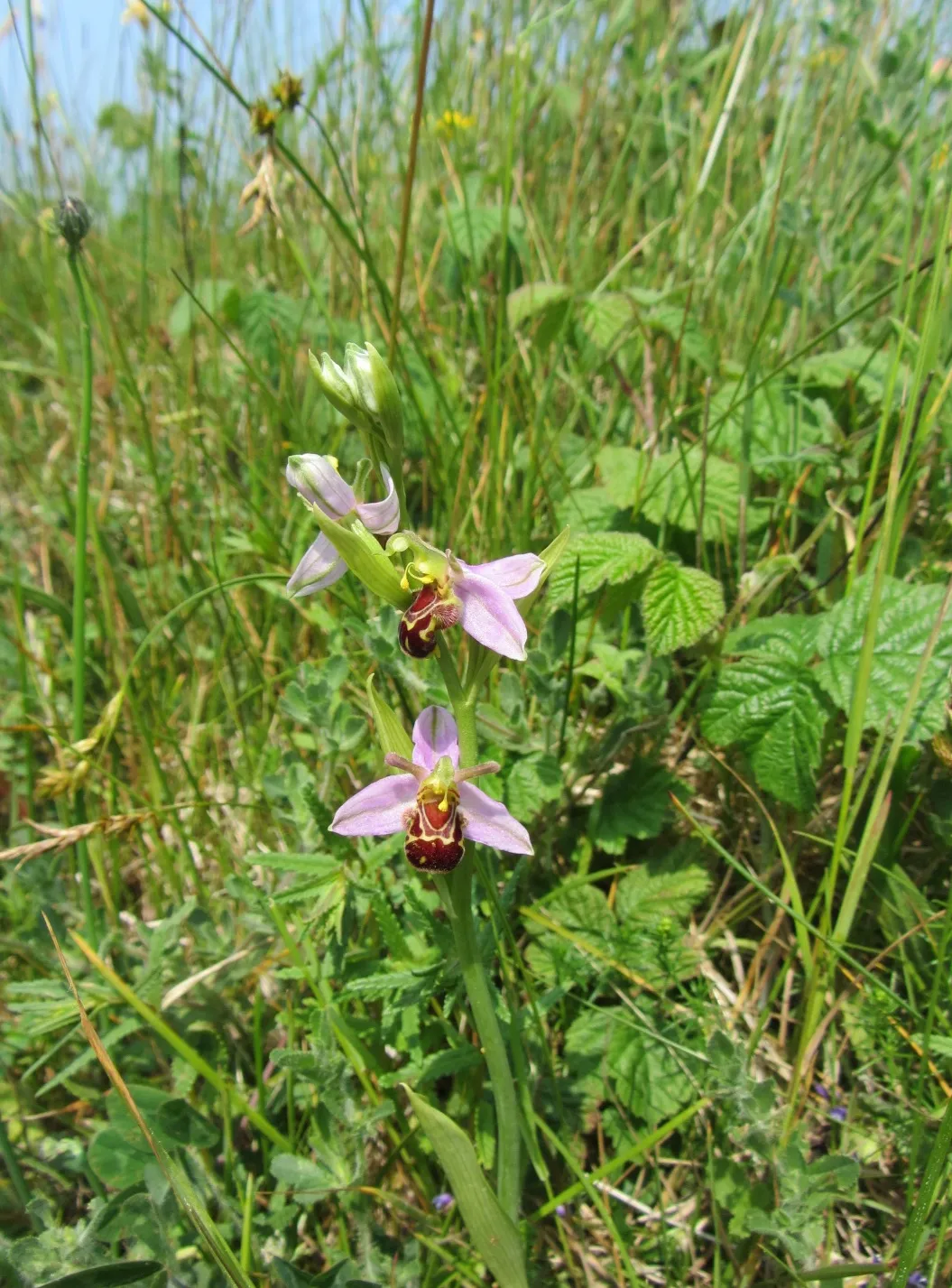
Between the outer and inner dunes we find very flat patches of land – the dune slacks – where the water table is very high and often floods the land, especially in winter. This provides a wetland habitat that a host of flowers, insects and birds such as meadow pipits, skylarks and lapwings love. The fen orchid is here somewhere, too.
We search for a long time. I keep misidentifying yellow rattle as fen orchid so I shut up. David scans small patches of what look like bare grass for long minutes. I begin to think he was over optimistic with his earlier 100 per cent claim.
But then he suddenly says: “don’t move. Over there – 10 feet in front of me.”
I freeze and look and see nothing. A plane drones overhead like a giant gnat.
I am determined to see this flower. But if I can’t see it yet, what sort of an underwhelming little creature is it?
And then I spot it. A translucent fairy among the thin dune grasses. Then more than one – we count five, then five more. They are no more than 6 inches high, some no more than 3 inches. And people travel from far, far away to see these little flowers. Which can be a problem, as David reveals.
“People search for ages and ages and then they find one and immediately stamp all over the ground to get close. And they don't see the flowers by their feet. If there’s a group of people, a lot of orchids can be trampled without anyone noticing.”
I step in David’s footsteps, rather like King Wenceslas’ servant. I feel hugely grateful to this passionate man who has given his adult life to protecting this tiny flower. He tells me how he uses a tractor to scrape the topsoil of these dune slacks in the hope that the orchid will colonise the new habitat. But it's very hit and miss. Mostly miss, he says.
I take a few photos and, when studying these later, I think I see a ballerina dancing around the stem among the flowers. Is this the magic of the fen orchid?


